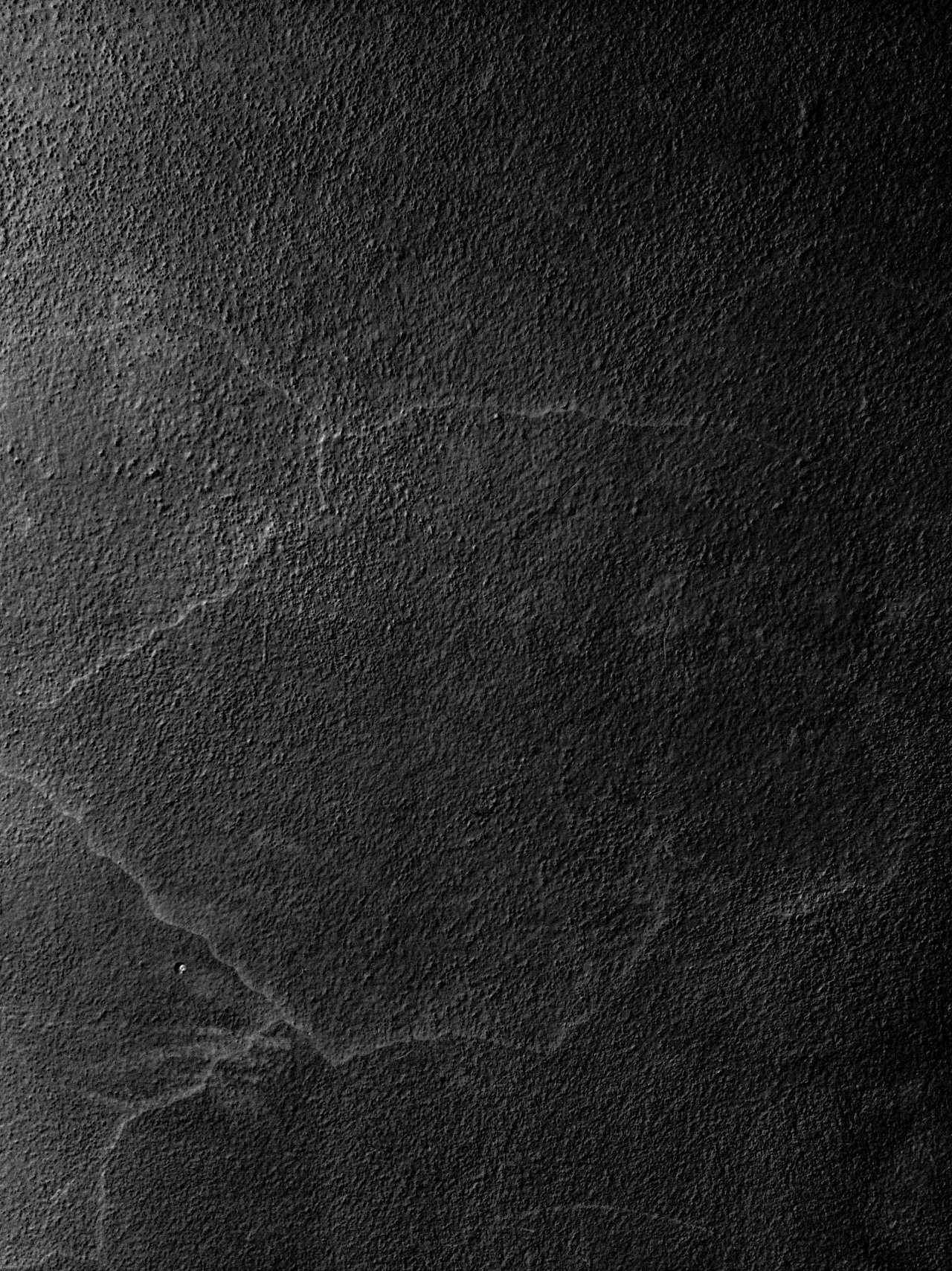All You Need To Know About Embodied Carbon In Concrete

Whether you’re after concrete carbon offsets or want to get your property LEED-certified, embodied carbon is one of the top things you should be aware of. Yet, this concept can sometimes lead to misinterpretation, thus wasting your time and money. So, let’s break it down.
Why Is Reducing Embodied Carbon Important?
First of all, according to a recent study, embodied carbon is responsible for around 50% of a new building's carbon footprint on average. Secondly, unlike its operational counterpart, embodied carbon cannot be reduced post-construction. Therefore, you need to factor this concept into the decision-making process.
What Does Embodied Carbon Mean?
Be it carbon-negative concrete, green steel, or any other product, embodied carbon refers to the greenhouse gas (GHG) emissions released throughout its life cycle, from raw material sourcing to disposal. Embedded carbon emissions are also called upfront as they’re generated even before a product is used.
What Is The Embodied Carbon Of A Building
When it comes to buildings, it’s worth clarifying that embodied carbon and operational carbon account for two different types of GHGs emissions. Operational carbon reflects all the carbon emissions associated with the use of a building. Think of HVAC, water consumption, etc. Meanwhile, embodied carbon represents the cradle-to-grave carbon footprint of all building materials. Taking concrete as an example, this includes GHGs emitted during the following stages:
Extraction of raw materials such as limestone, etc.
Transport of feedstock to a cement-making plant.
Cement production (e.g., powering the kiln, etc.).
Further processing (e.g., adding aggregates to make concrete).
Transport of concrete to a construction site.
Emissions released or mitigated during use
Post-demolition disposal.
Embodied Carbon Reduction
Knowing your enemy is the first step to defeat it. But what’s next? Tapping into our green building material, you’ll avoid the upfront carbon emissions of traditional concrete products such as tiles, countertops, sidewalks, pavers, etc. On top of that, Partanna’s concrete actively removes CO2 from the atmosphere, thus bringing down your project’s net carbon footprint.
Get Your Building A Leed Certification
Cutting down the embodied carbon of a building is one of the key aims of the LEED 4.1. In particular, you should focus on the Materials and Resources category of this sustainability rating system. Leveraging Partanna’s carbon-negative concrete can award you up to 8 points.
The Low Embodied Carbon Concrete Leadership Act
Legislators are encouraging the incorporation of low-carbon concrete into new construction projects to slash the industry carbon emissions. For example, last January New Jersey introduced the Low Embodied Carbon Concrete Leadership Act (LECCLA). This law rewards constructors that use low-carbon concrete with a tax credit of up to 5% of a project’s total concrete cost.
Conclusions
We hope that the idea of embodied carbon has now cemented in your mind. But don’t let this thought drag you down. Technologies like Partanna’s help you relieve this burden off your shoulders and buildings. Our carbon-negative concrete allows property developers to benefit from tax reliefs like those given by LECCLA and comply with LEED requirements. Get in touch today!